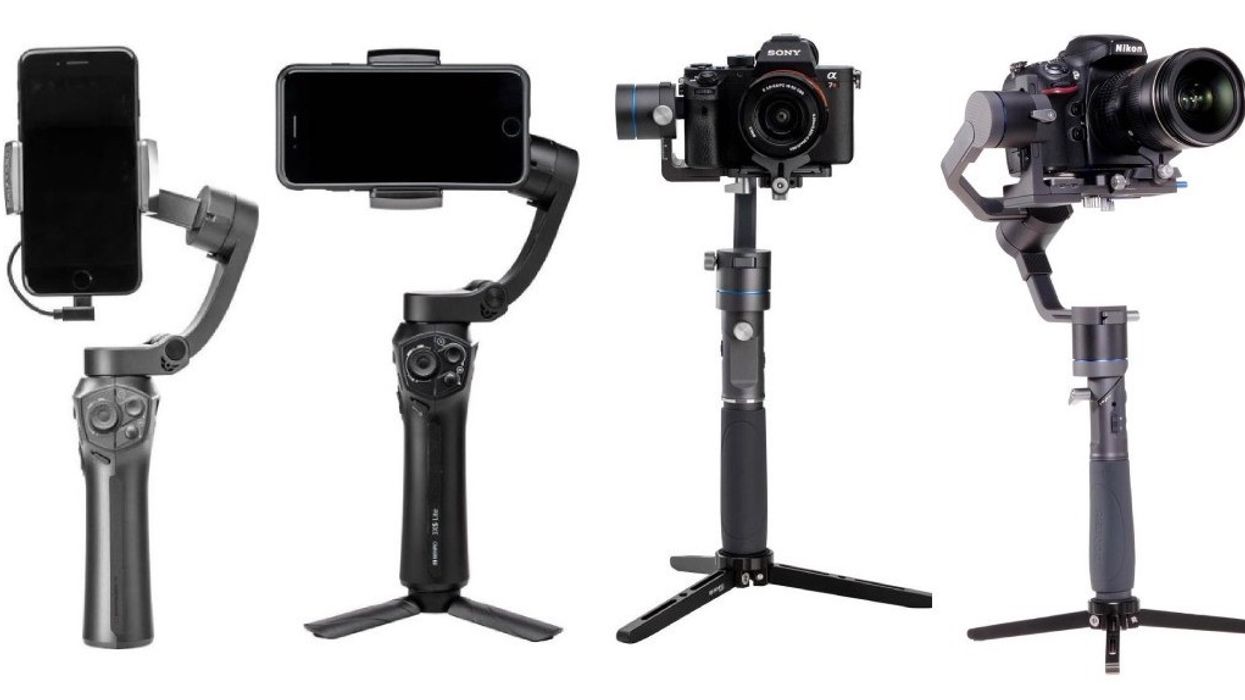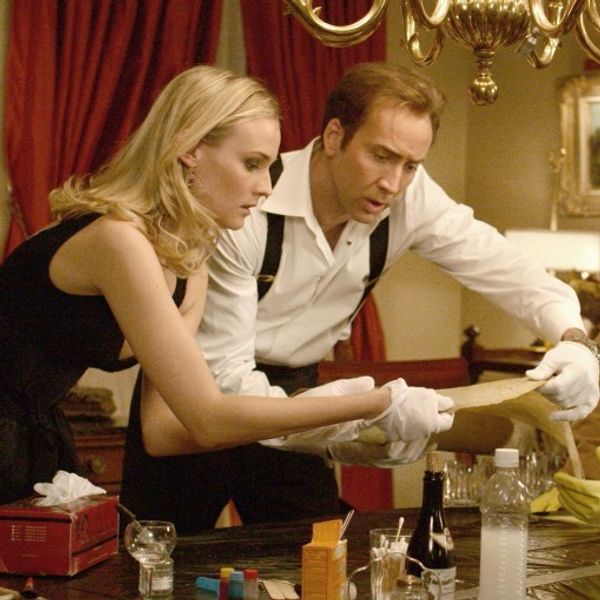Benro X-Series Gimbals Are Foldable for Filmmakers on the Go
Multiple designs meet the needs of Smarphone, Mirrorless, and DSLR shooters alike

Since Freefly systems launched the MōVI line of handheld gimbals, everyone seems to have gotten in the game with everything from two handed models that can run with RED, to compact smartphone designs, and even a DJI model that fits in your pocket.
So do we really need yet another gimbal maker to enter this crowded space? Well Benro thinks so and backs it up with a trio of foldable gimbals that can carry everything from your smartphone to your DSLR.
Benro 3XS and 3XS Lite
Designed specifically for mobile filmmakers looking to smooth out their camera movement, the Benro 3XS and 3XS Lite welcome new features including a foldable gimbal cluster for compact storage. It comes with most standard features including control buttons for record, zoom and focus functions, a joystick, and a built-in 2000 mAh battery that also will charge your Qi supported smartphone wirelessly (3XS model only). Love that.


A great, compact design that is sure to rival the DJI Osmo Mobile. But I think the most interesting feature is a built-in 3.5mm mic jack that will enable users to add on an external microphone without throwing off the delicate balance of the smartphone. When you add weight, it usually requires a counterweight to keep the gimbal true. Price for the wireless charging 3XS is currently on sale at $129, with the light version at $99.
Benro 3XM
Going up to the mirrorless level, the 3XM can carry up to 3.9 pounds and has the same foldable design that will give the unit a 90-degree tilt for lower angled shots that require underslinging. It also has a 13-hour battery life. Shooters can control all functions and shooting modes remotely with the companion smartphone app. It's on sale right now for 23% off, making it $399.

Benro 3XD and 3XD Pro
Rounding out the new line is the Benro 3XD and 3D Pro, which is capable of carrying up to 8.3lbs. Both these 3XD models feature the same 90-degree tilt for lower angle shooting, plus a 45-degree roll motor offset to help with seeing footage from your DSLRs LCD screen. I love that feature; it has the shooter's line of sight in mind.
The 3XD Pro adds a T-shaped handle for heavier loads of additional gear, particularly an external monitor, microphone and maybe even a video light, without throwing off the balance of the gimbal with the camera. Other features include mini HDMI ports, 3.5mm audio jack on the crossbar, and mounting points. And with a 90-degree rotation, the crossbar can also double as a balancing stand (though the 3XD Pro is pictured with a tripod stand for good measure).
The 3XD and 3XD Pro is also priced very competitively, at $499 and $699 respectively. Sure, an extra $200 for a crossbar T-handle may seem steep, but when you consider all the additional connectors for audio and video monitoring, it's a bargain.


What do you guys think? Did Benro bring enough to the gimbal party to stand out? Let us know in the comments.
















